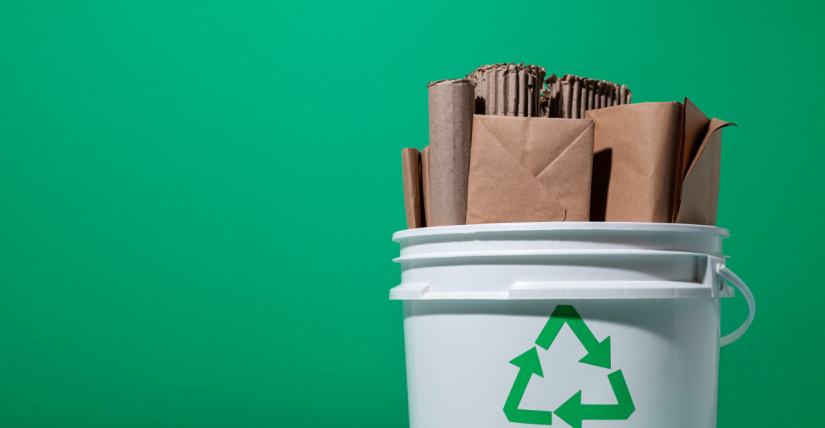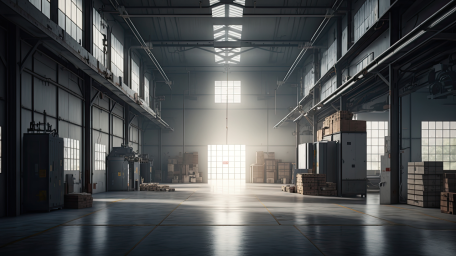Packaging does more than protect products in transit—it represents your brand, influences customer experience, and plays a significant role in sustainability.
Yet, once its job is done, much of it ends up in landfills. For many companies, the environmental and operational costs of excessive or poorly designed packaging often go unnoticed.
The shift toward greener packaging isn’t just about doing good—it’s a smart, strategic move for businesses seeking efficiency, savings, and stronger customer relationships.
Unseen Waste in Common Practices
Many brands continue to use packaging materials that are either difficult to recycle or unnecessarily bulky. Oversized boxes, plastic liners, and foam fillers may offer cushioning, but they also contribute to unnecessary landfill buildup and shipping inefficiencies.
These items are often viewed as standard practice when, in reality, they’re outdated in the face of smarter, sustainable solutions.
Packaging that uses a mix of materials—like laminated plastics with paper or foil—creates added challenges. Although these combinations may offer durability, they are rarely recyclable due to their composition. What feels like a better product experience can actually lead to higher disposal costs and a larger environmental footprint.
Streamlining packaging materials and reducing excess doesn’t require a major overhaul. Even small, targeted changes can reduce waste significantly and make your shipping processes more efficient.
Elevating Your Brand Through Eco-Friendly Packaging
Modern consumers are more mindful of environmental impact than ever before. Packaging that is clearly sustainable reinforces your brand’s values and makes a positive impression.
Recyclable mailers, minimalistic boxes, or compostable inserts don’t just reduce waste—they tell a story of thoughtfulness and intention.
When customers receive eco-friendly packaging, they often notice and appreciate the effort. In some cases, they may even reuse it, extending the reach of your branding and message.
In an increasingly crowded market, these thoughtful touches from box manufacturers help businesses stand out and foster stronger emotional connections with their audience.
Efficiency Gains from Smarter Design
Reducing packaging waste often improves operational performance. Right-sizing your packaging—ensuring your box fits the product without excess space, cuts down on filler materials and reduces shipping costs. Smaller, lighter packages mean more efficient transportation and lower emissions, which contribute to broader sustainability goals.
Innovative packaging materials are also becoming more accessible. Companies are switching to plant-based plastics, biodegradable films, and non-toxic inks to make their packaging cleaner and safer without sacrificing aesthetics or performance.
Packaging as a Strategic Asset
Your packaging is often a customer’s first hands-on experience with your brand. Making it sustainable adds real value. By minimizing waste, selecting materials with intention, and optimizing design for both product and planet, companies can reduce costs, improve customer perception, and support long-term environmental goals.
Sustainability isn’t a burden—it’s a competitive edge. Businesses that take the lead in packaging innovation will not only reduce their impact on the environment but also position themselves as forward-thinking leaders in their industry.




Leave A Comment